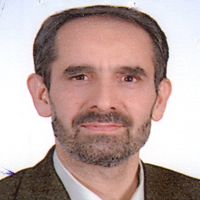An Investigation into the Incorporation in Persian based on Distributed Morphology
This study investigates the nature and structure of Persian incorporation within the framework of Distributed Morphology (DM) as a fully synthetic approach that considers morphology as syntax. In this approach, the Root selects for an argument, and then the Root must be merged with that argument or adjunct before it merges with its category-determining feature bundle. So Roots allow being incorporated into them. They are not yet included in any category. In order to become nominal or verbal, they have to incorporate further into a category-creating head. Some linguists (Arkan, 2006; Karimi, 1997; Shaghaghi, 2007; Spencer, 1991, 1995) considered the incorporation process as a morphological phenomenon because within the framework of Baker's synthetic theory, data from their understudied languages violates Baker's syntactic principles, but DM can describe incorporated constructions inconsistent with syntactic conditions of Baker’s synthetic theory. It seems that DM, unlike previous approaches, can solve some challenges, such as combining the syntactic function of incorporated construction of concrete structures (Gerdts, 1988), changing the syntactic function of the element derived from incorporation (Baker, 1988), and some restrictions on modifier stranding for merging with verbs (Baker, 1988, 1996). The analysis made in this article shows that syntactic approaches need to be reconsidered to explain incorporation.
-
A Corpus-based Study of Lexicon and Classic Classification of the Main Themes of Children’s Poetry Books of the 90SH
Zeinab Lavafipour *,
Iranian Childrens Literature Studies, -
Investigation the System and Morphology of the Verb in the Bolkheyr Dialect
Sohrab Gholami *, Farokh Hajiani,
Journal of Persian language and Iranian dialects,


